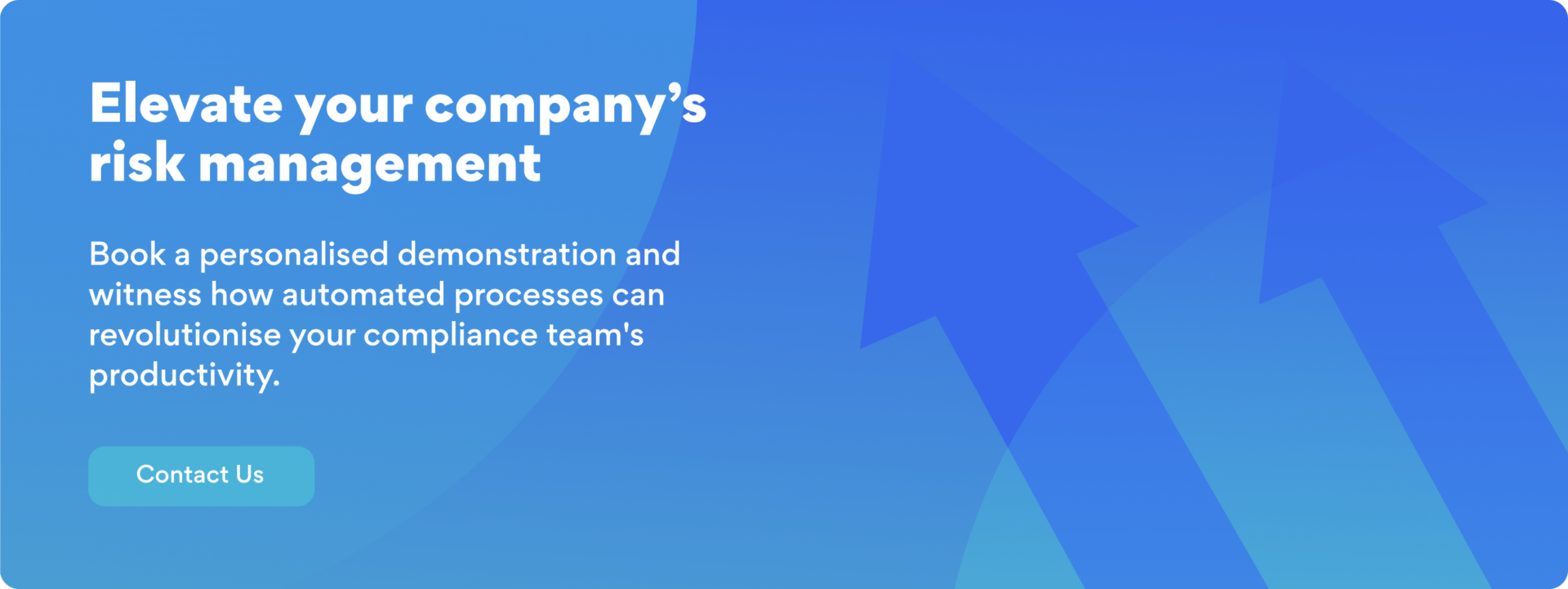WealthTech is transforming how people access and manage their finances. It brings together digital innovation and wealth management services, offering platforms for online investing, robo-advisory, and real-time portfolio tools. These solutions are fast, user-friendly, and increasingly popular with a broad range of investors.
Why Customers Choose WealthTech
More people are choosing WealthTech platforms because they reflect the expectations of modern investors:
- It’s simple and fast: Customers can open an account and start investing within minutes, without paperwork or scheduling meetings.
- Lower fees, clearer pricing: Automation reduces costs, and users have transparency on what they’re paying for.
- More control: Investors can track their portfolios, adjust strategies, and manage risk directly through an app.
- Accessible to more people: These platforms often welcome smaller deposits, making them attractive to first-time or younger investors.
- Smarter tools: Clients get access to personalized insights and recommendations powered by data – without the need to speak to a financial advisor.
These features make WealthTech appealing to legitimate users, but they also open the door to misuse if controls aren’t strong enough.
Challenges Faced by WealthTech Companies
The digital environment in WealthTech introduces specific AML and compliance risks that go beyond traditional banking models:
- Onboarding customers with fake or manipulated IDs
In WealthTech, onboarding is conducted online and the customer interaction is non-face-to-face. Without physical verification of IDs, fraudsters can use forged or stolen documents to create accounts. If these pass through weak checks, illicit actors can access financial services undetected – and firms may be unable to prove they conducted proper due diligence. - Lack of visibility across customer behavior
Customers may hold multiple accounts, fund their activities through various channels, or interact with multiple products at once. If data systems are fragmented, compliance teams may not see the full picture, making it harder to detect patterns of suspicious activity. - Fast-moving product releases without compliance input
Digital platforms often release new features quickly, such as crypto tools or cross-border transfers. Without early involvement from compliance, these launches may go live without the necessary AML controls, creating blind spots in monitoring and reporting. - High transaction volumes with low human oversight
WealthTech platforms are built to handle thousands of users making transactions every day, often without any manual checks. Because of this scale, it’s easy for unusual or suspicious activity to go unnoticed – unless the platform uses strong automated monitoring tools that can spot red flags based on patterns and changes in user behaviour.
Where WealthTech Firms Must Focus in AML
To meet expectations and mitigate risk, WealthTech companies should focus on the following areas:
- Strong digital identity verification
Use advanced tools like biometric checks, electronic ID validation, and liveness detection to verify customer identities accurately. - Thorough customer due diligence
Know Your Customer (KYC) practices remain essential: collect and verify information about occupation, source of funds, and build a solid risk profile, to be able to spot potential inconsistences in future customer activity. - Automated, intelligent monitoring
Monitoring should go beyond individual transactions. Platforms must detect unusual behaviors across time, such as sudden spikes in activity or transactions inconsistent with a user’s profile. - Risk-based segmentation
Not all customers pose the same risk. Segment users by geography, funding methods, or behavior, and apply enhanced due diligence where needed. - Clear alert management
Systems should flag suspicious activity early, ideally in real time, and AML teams must have clear procedures on how to escalate, investigate, and report suspicious activities where appropriate. - Audit trails and secure records
Store all onboarding data, decisions, and transaction records in a way that is accessible and defensible during audits or investigations. Ensure compliance with data privacy laws also. - Staff training
Teams,especially those in product, customer support, and engineering, should understand what AML looks like in a digital context and how their work impacts compliance.
Final Thoughts
WealthTech is reshaping financial services, but it also demands a shift in how compliance is approached. It’s not just about digitising traditional controls. It’s about designing AML processes that can handle speed, scale, and complexity while at the same time place emphasis on higher-risk areas. For firms building in this space, strong compliance earns trust, meets regulatory expectations, and builds a business that lasts.


0 Comments